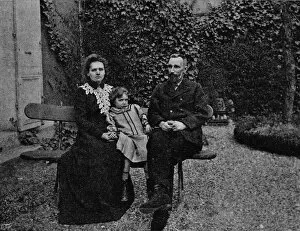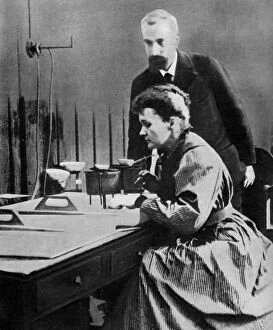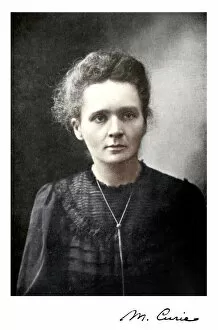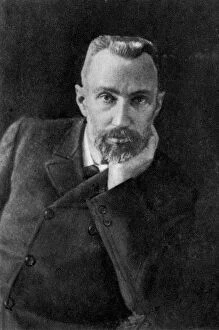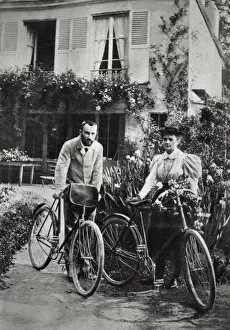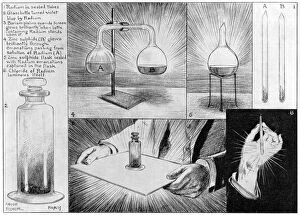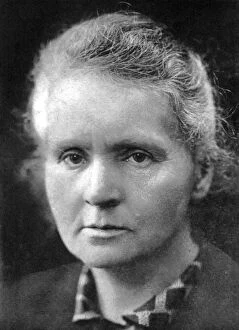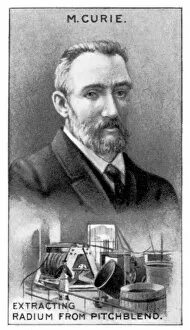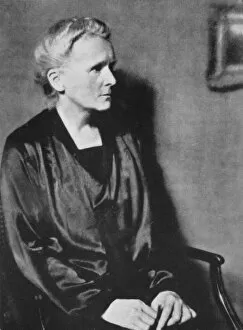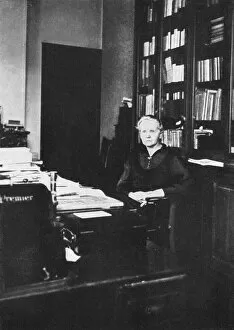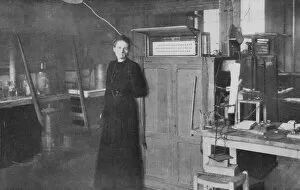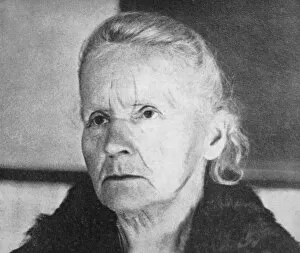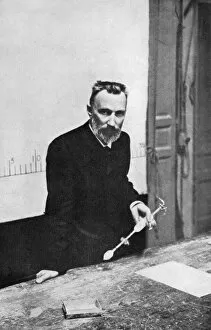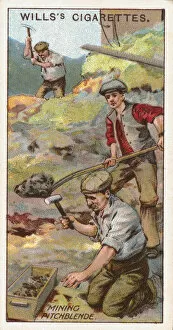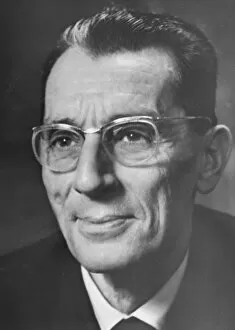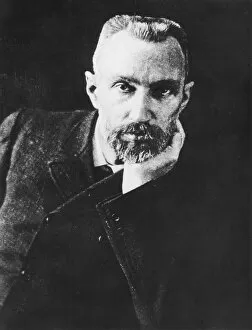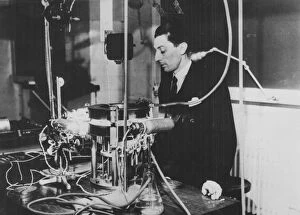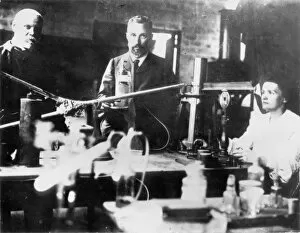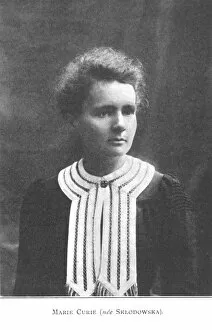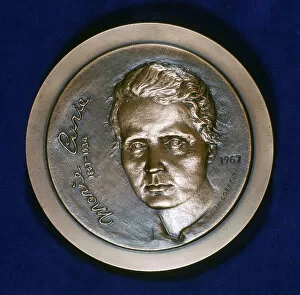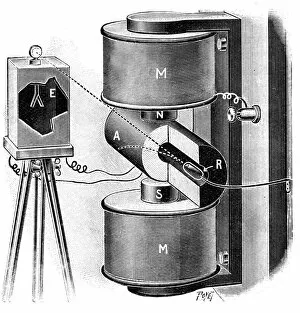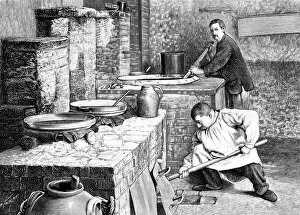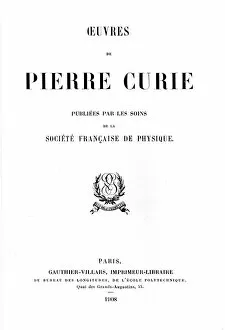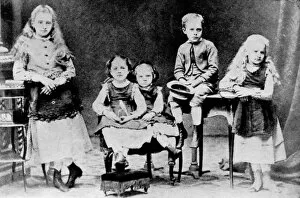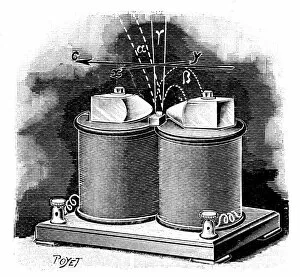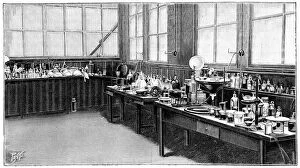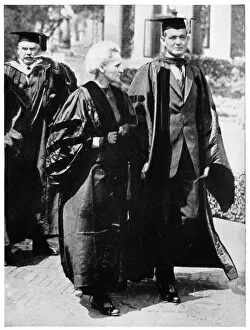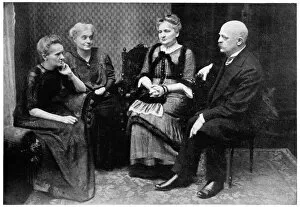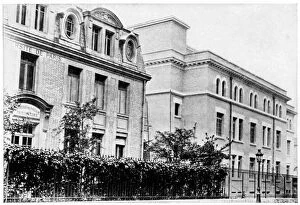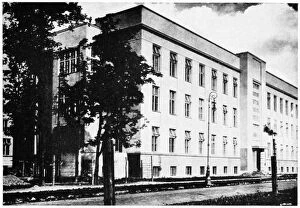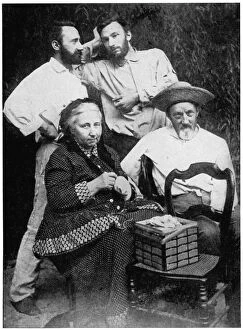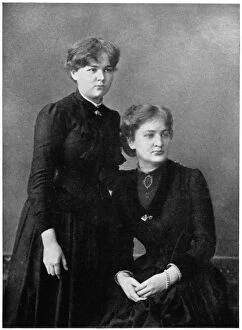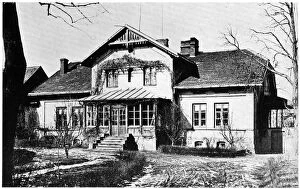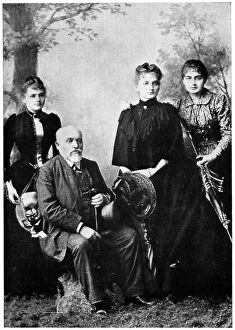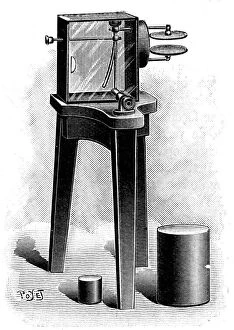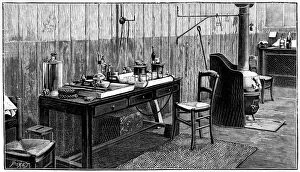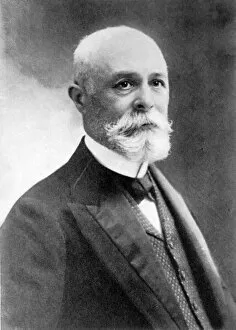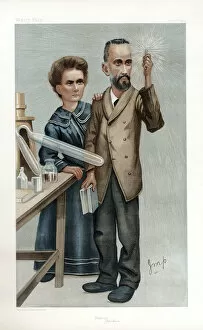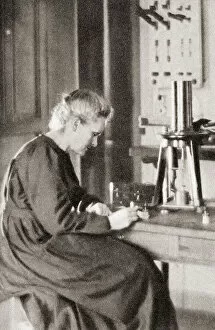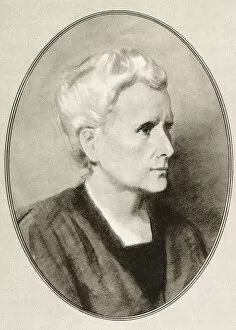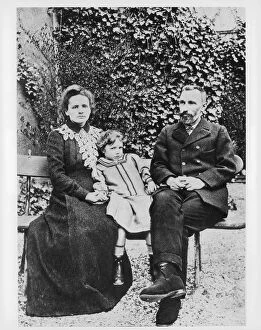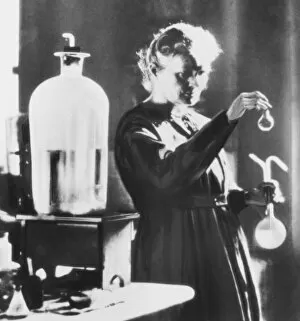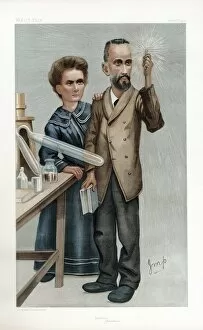Curie Collection (page 2)
Marie Curie, a name that resonates with brilliance and groundbreaking achievements in the field of science
For sale as Licensed Images
Choose your image, Select your licence and Download the media
Marie Curie, a name that resonates with brilliance and groundbreaking achievements in the field of science. Born in 1867, this Nobel Prize-winning Polish scientist left an indelible mark on history through her remarkable discoveries. In this captivating photograph of Marie Curie, we catch a glimpse of her unwavering determination and intellectual prowess. With her piercing gaze and poised demeanor, she exudes an air of confidence that is befitting for someone who revolutionized the world of scientific research. Marie Curie's partnership with Pierre Curie, a French physicist, was not only one of love but also one marked by extraordinary collaboration. Together as "Curie, Marie and Pierre, " they embarked on a journey to unravel the mysteries hidden within atoms. Their relentless pursuit led to the discovery of two new elements - polonium and radium - forever altering our understanding of radioactivity. The year 1910 captured Marie Curie at the pinnacle of her career. Adorned in her laboratory attire, she stands amidst test tubes and equipment that served as conduits for groundbreaking experiments. Her dedication to advancing scientific knowledge knew no bounds; she fearlessly delved into uncharted territories where few dared to venture. Following Pierre's untimely death in 1906, Marie continued their legacy alongside other brilliant minds such as Frederic Joliot and Irene Joliot-Curie – French scientists who carried forward their pioneering work. This image from 1935 showcases these trailblazers united by their shared passion for pushing boundaries and expanding human understanding. Beyond her scientific accomplishments lies another facet: Marie Curie was also a devoted mother to Eve Curie. Despite juggling multiple roles, she never allowed anything or anyone to hinder her quest for knowledge or dampen her spirit. As we reflect upon the life and legacy of MARIE CURIE (1867-1934), let us remember her as more than just a name in the annals of science.

